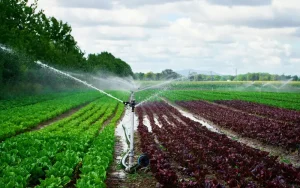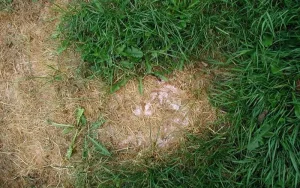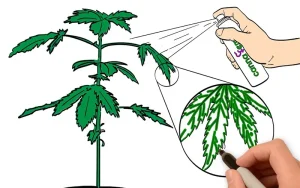Choosing between Foliar vs. Root Application can significantly impact nutrient uptake, crop health, and overall yields. Both methods have distinct advantages and limitations, and understanding their differences helps growers tailor fertilization strategies for optimal results.
What Is Foliar Application?
Foliar application involves spraying dissolved nutrients directly onto plant leaves. This method allows for rapid absorption through stomata and cuticle, bypassing soil interactions. Key benefits include:
- Quick correction of visible deficiencies
- Targeted feeding during critical growth stages
- Reduced nutrient losses from leaching or fixation in soil
However, foliar sprays may cause leaf burn if concentrations are too high, and coverage must be uniform for best results.
What Is Root Application?
Root application delivers nutrients through soil, either via granular fertilizer, fertigation, or soil drenching. Its advantages are:
- Sustained nutrient release feeding plants over longer periods
- Enhanced root development as roots explore nutrient-rich zones
- Lower risk of phytotoxicity compared to high-concentration foliar sprays
On the downside, root-applied nutrients can become immobilized by soil pH or microbial activity, and uptake may be slower during cool or dry conditions.
Comparing Foliar vs. Root Application Efficiency
When evaluating Foliar vs. Root Application, consider the nutrient type and crop stage. Micronutrients and quickly needed elements (like calcium or boron) often respond best to foliar feeding. Macronutrients (nitrogen, phosphorus, potassium) typically require larger quantities, making root application more practical and cost‑effective.
Factors Influencing Effectiveness
Environmental Conditions:
High humidity and mild temperatures favor foliar uptake, while well‑moistened soils improve root absorption.
Crop Species:
Some crops have waxy leaves that hinder foliar absorption, tipping the balance toward root feeding.
Soil Health:
In soils prone to nutrient fixation or leaching, Foliar vs. Root Application decisions hinge on maintaining consistent nutrient availability.
Recommended Products: CK NPK Complex Fertilizers
Best Practices for Combined Use
Integrating both methods often yields the best outcomes:
Root application at planting to establish a nutrient baseline.
Foliar sprays during bloom or stress periods for a nutrient boost.
Soil tests and tissue analysis to fine‑tune timing and concentrations for each method.
Cost and Economic Considerations
When choosing between Foliar vs. Root Application, factor in the costs of materials, equipment, and labor. Foliar sprays may require specialized nozzles and more frequent applications, increasing operational expenses. Root applications often involve bulk fertilizers and existing irrigation systems, which can be more cost‑efficient for macronutrient delivery over large areas.
Recommended Products: Unique Fertilizers
Equipment and Labor Requirements
Foliar feeding demands precise spray equipment, regular calibration, and skilled operators to ensure even coverage and avoid phytotoxicity. Root application can leverage standard spreaders or fertigation lines, reducing the need for constant monitoring. Balancing labor inputs for both methods helps optimize your overall fertilization program.
Environmental and Sustainability Impacts
Overuse of foliar sprays can lead to off‑target drift and potential non‑point pollution, while excessive root‑applied nutrients may leach into groundwater. Integrating Foliar vs. Root Application strategies with buffer zones, split applications, and soil health practices minimizes environmental risks and promotes a more sustainable nutrient management system.
For further reading, check out:
Conclusion
Ultimately, the choice between Foliar vs. Root Application depends on crop needs, environmental factors, and production goals. By leveraging the rapid response of foliar feeding alongside the stability of root application, growers can ensure balanced nutrition, healthier plants, and maximized yields.
FAQs
1. When should I choose foliar over root application?
Use foliar sprays for quick correction of micronutrient deficiencies or during stress periods when root uptake is limited.
2. Can foliar application replace all root feeding?
No. Foliar feeding is best for small, targeted doses—macronutrients still require root applications for sustained supply.
3. Is timing important for foliar sprays?
Yes. Apply during cooler, humid parts of the day (early morning or late afternoon) to maximize leaf absorption and minimize burn.









